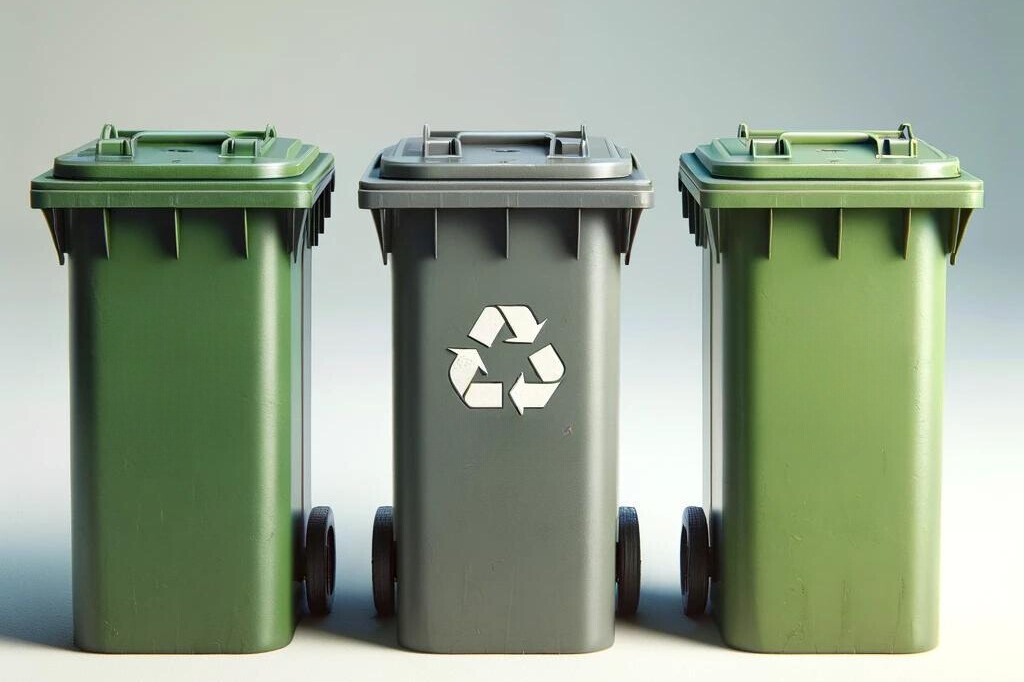
Dispose of condoms correctly - A comprehensive guide to sustainable action
Are you ready to learn more about how to dispose of condoms correctly and help protect the environment at the same time? In today's world, where sustainability and responsibility are becoming increasingly important, it is important to act in an environmentally conscious way, even in intimate moments. Responsible use of condoms therefore also includes correct disposal, so that you are spared problems such as a blocked toilet or problems for the environment. Here you can find out everything you need to know to dispose of used condoms correctly.
Why is correct disposal important?
There is often the opinion that used condoms can simply be wrapped in a tissue and then flushed down the toilet. However, this often leads to problems because, unlike toilet paper, both the condom and the tissue do not dissolve and therefore either clog your toilet or possibly also the sewage system or sewage treatment plants in your town. Condoms that are mistakenly disposed of in the toilet can therefore lead to serious blockages. But you can save yourself a visit to the plumber if you dispose of condoms correctly.
Used condoms belong in the residual waste, not in the toilet, not in nature or organic waste and not in the recycling garbage can. But why is this so important? Apart from the obvious hygienic necessity, proper disposal in residual waste prevents pollution of sewage treatment plants and bodies of water. Disposing of them correctly also protects wildlife, as condoms can become a danger to animals in the wild if they get caught in them or eat them by mistake.
Tips for practical implementation
- Remove the condom from the penis: At the end of intercourse, make sure you pull the penis out in good time before it goes flaccid. When pulling it out, hold the condom at the base of your penis so that it cannot slip off. Then carefully remove the condom from your penis so that it cannot leak. It often helps to also hold the condom by the reservoir and slide it downwards.
- Put the knot in: Before you dispose of a used condom, tie it into a knot at the open end. This prevents body fluids from leaking and makes disposal more hygienic. To do this, hold the condom with the reservoir facing downwards, then you can easily tie a knot in the upper part of the condom like a balloon without any leakage.
- Maintain discretion: To protect your privacy and out of respect for others, it is advisable to wrap the condom in a piece of toilet paper or tissue.
- Disposal in the residual waste: Throw the used and wrapped condom in the residual waste.
- Separate disposal: The foil-like seal on condoms can be disposed of in the recycling garbage can or, in Germany, in the yellow bag. In a few countries, it also belongs in the residual waste, as no suitable recycling systems have yet been established. Enclosed instructions for use made of paper and cardboard packaging are best disposed of in the paper waste or the recycling garbage can, depending on the country and regulations for cardboard/paper in your area.
The environmental aspect
While condoms are essential for sexual health, they pose a challenge for the environment due to their composition and disposal problems. Most condoms are made of latex, a natural material that is biodegradable - but only under optimal conditions, which are rarely found in nature. It would simply take too long to decompose in organic waste and would therefore have to be sorted out at great expense. Even if condoms still end up in residual waste at the end of their life cycle, by disposing of them correctly you are helping to keep the environmental impact as low as possible. For example, if you regularly need condoms, you can buy a large pack, such as our MISTER SIZE 36 packs, to reduce the amount of packaging waste on the one hand and, of course, the multiple transportation routes if you buy several smaller packs on the other.
If you've had sex on the go
Even if you use a condom outside your own four walls, you should take care to dispose of it properly. Under no circumstances should you simply throw it away in nature, as mentioned above this can pose a danger to animals on the one hand and on the other hand you certainly don't want to find a used condom yourself when you're out and about. The toilet is also not a suitable place when you are out and about, and the problems that arise from this must ultimately be borne by all our fellow human beings. So dispose of your condom in the residual waste just as you would at home. Wrap it in a handkerchief and throw it in a garbage can. Alternatively, there are also some small hygiene bags for on the go in which you can take it home again without any problems and then dispose of it properly.
Conclusion
Disposing of condoms may be a small aspect of our daily lives, but if handled correctly, it contributes significantly to protecting our environment and health. By disposing of used condoms responsibly, you are making an important contribution to hygiene and environmental protection. Remember that every little step counts and your choices can make a difference. Stay informed, act responsibly and set an example for a more sustainable future.